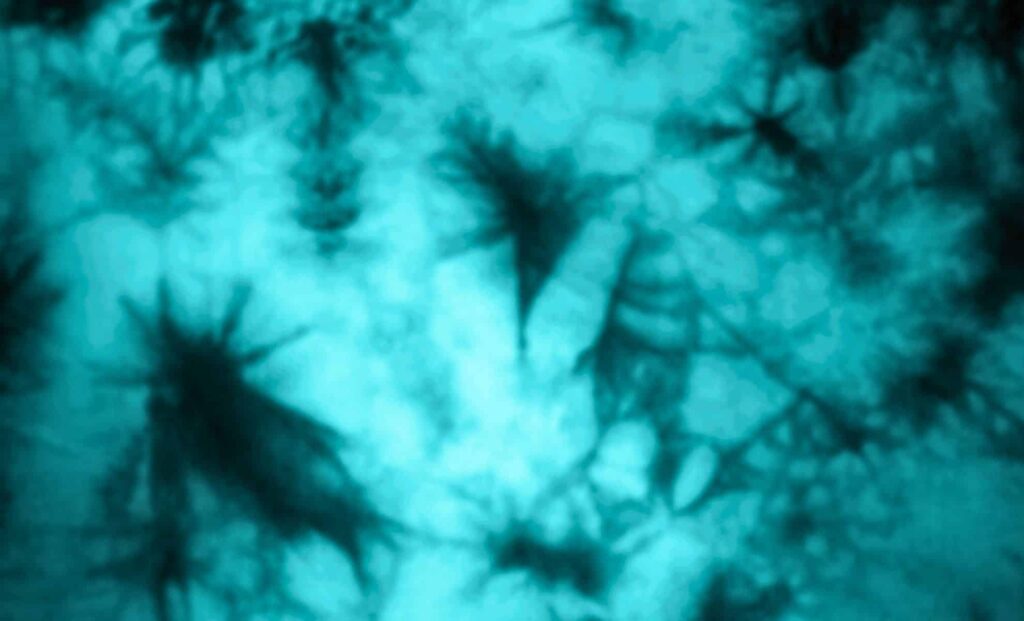In a region long assumed to be biologically dormant during much of the year, researchers have identified a previously unknown driver of productivity beneath Arctic sea ice: nitrogen fixation. Contrary to decades of scientific consensus, this essential process—where microbes convert atmospheric nitrogen into a form usable by marine life—is occurring not in warm tropical waters, but in the frigid depths of the Central Arctic Ocean.
A new study published in Communications Earth & Environment reveals that nitrogen fixation is actively taking place under sea ice, particularly along the marginal ice zone—where melting exposes water to light and nutrients. These findings upend previous models of Arctic nutrient cycles, which largely dismissed nitrogen fixation as negligible in high-latitude systems.
Nitrogen, while abundant in the atmosphere, must be converted into ammonium or related compounds before most organisms can use it. In the Arctic, nitrogen scarcity often limits algal growth—the foundation of the ocean’s food web. Until recently, the region’s cold temperatures, limited sunlight, and ice cover were thought to preclude the microbial activity required for this conversion. But data collected from 13 sites across the Arctic Ocean show otherwise.

Lisa von Friesen, a marine microbiologist at the University of Copenhagen and lead author of the study, said the team was surprised to find measurable rates of nitrogen fixation beneath thick sea ice. “It was assumed the conditions were too harsh for this kind of microbial life,” she explained. “But the evidence shows it’s not only possible—it’s happening.”
Microbial Workhorses Beneath the Ice
Unlike tropical oceans, where cyanobacteria dominate nitrogen fixation, the Arctic hosts a different cast: non-cyanobacterial diazotrophs (NCDs). These bacteria do not rely on photosynthesis, instead consuming dissolved organic carbon (DOC)—often derived from algae. The study found that when DOC was experimentally added to Arctic samples, nitrogen fixation increased, highlighting a direct link between organic matter availability and microbial activity.
This feedback loop is particularly relevant as Arctic waters become more biologically productive. A Nature study found that primary production across the Arctic rose by nearly 60% between 1998 and 2018, driven by shrinking sea ice and increased light penetration. The new research suggests that nitrogen fixation is poised to reinforce this trend by providing more of the nutrient needed to fuel algal blooms.
These findings echo earlier observations. In 2019, scientists at the Bigelow Laboratory for Ocean Sciences documented nitrogen fixation by UCYN-A, a cyanobacterium previously found only in warmer waters. Its presence in the Arctic hinted at a broader microbial adaptability than once thought. However, the new study confirms that NCDs—not cyanobacteria—are likely the dominant nitrogen fixers in the central Arctic.


The microbes identified—Gamma-Arctic1, Gamma-Arctic2, and Beta-Arctic1—were found across multiple locations, often associated with particulate matter such as diatom aggregates. Some may form symbiotic relationships with phytoplankton, offering a steady nitrogen supply in exchange for carbon, though further research is needed to confirm these interactions.
Shifting Climate, Shifting Chemistry
The research arrives amid rapid Arctic change. The region is warming at nearly four times the global rate, a phenomenon known as Arctic amplification. As multiyear sea ice vanishes, seasonal melt zones are expanding, creating more favorable conditions for light-dependent processes—and potentially for nitrogen-fixing microbes that benefit from ice-edge phytoplankton blooms.
According to a report by the University of Copenhagen, more nitrogen could stimulate greater algal productivity, which supports planktonic animals and fish. It could also increase the ocean’s uptake of atmospheric carbon dioxide, though researchers caution that the net climate effects are uncertain.
The implications extend to global carbon budgets. Algae capture CO₂ through photosynthesis, and as nitrogen fixation increases nutrient supply, it could indirectly enhance the Arctic Ocean’s role as a carbon sink. Still, as Lasse Riemann, co-author of the study, noted: “We don’t yet know if the overall effect is beneficial for the climate. But it’s clear that nitrogen fixation must be part of future models.”
This perspective is supported by coverage in Popular Mechanics, which emphasized the potential consequences for both marine ecosystems and atmospheric carbon dynamics. As sea ice retreats and light reaches deeper into Arctic waters, zones of biological activity—including under-ice nitrogen fixation—could shift and expand.
The study, conducted aboard the RV Polarstern and IB Oden, marks the first broad-scale documentation of nitrogen fixation under Arctic sea ice. It offers a detailed look at the microbial communities driving this process, and suggests that existing climate models may underestimate the Arctic’s future biological potential.

